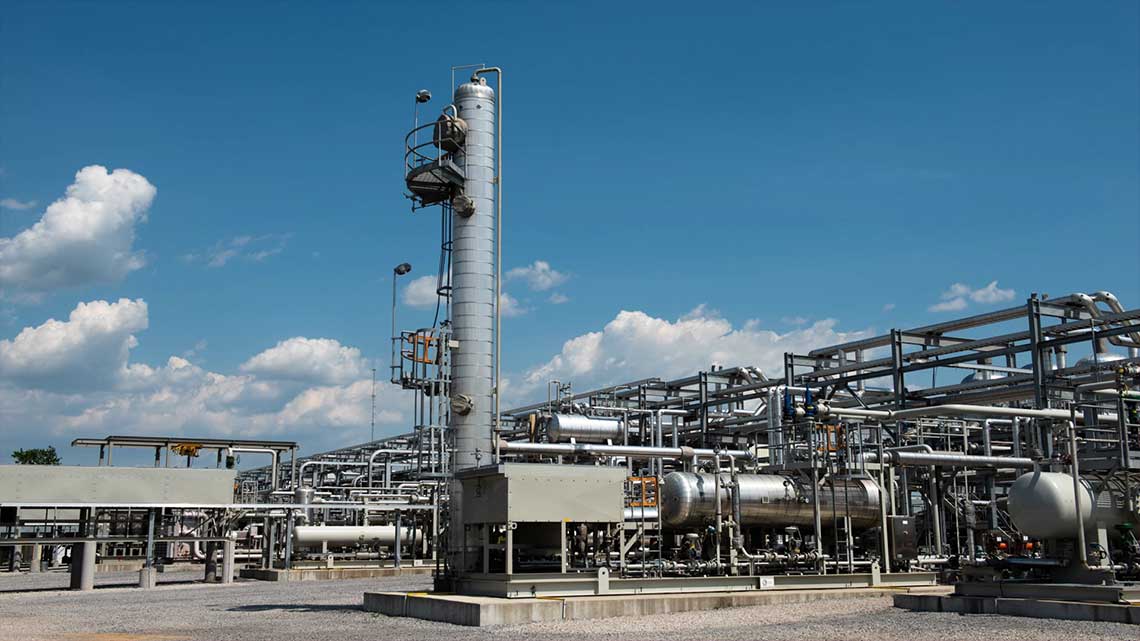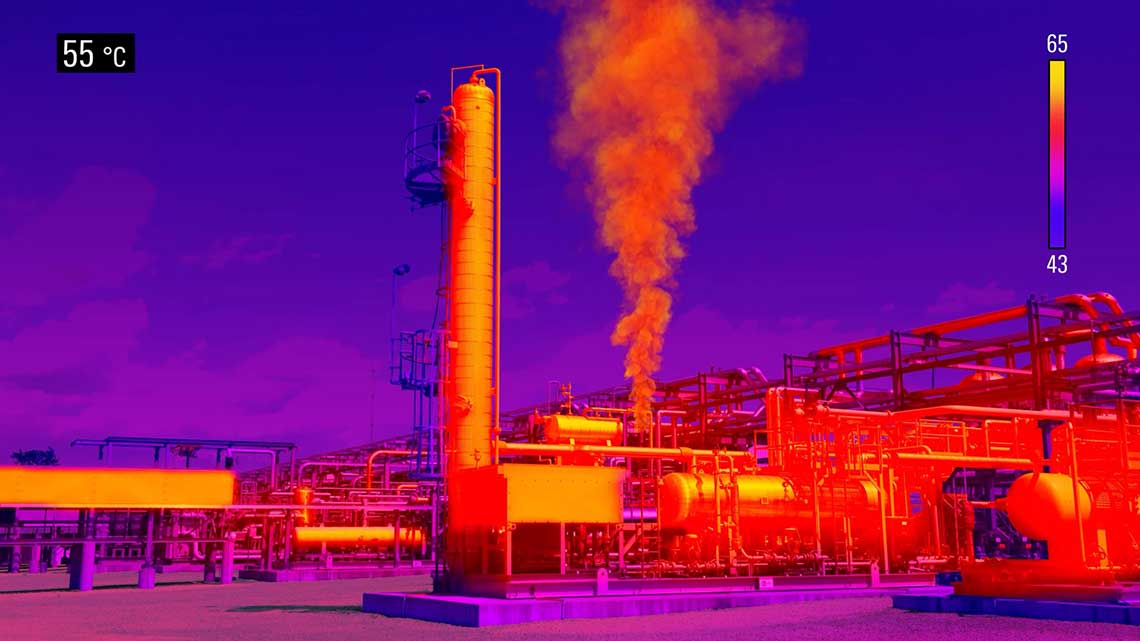Methane and Flare Emissions—A Fixable Problem
已发表: 04/08/2022

Methane and Flare Emissions—A Fixable Problem
已发表: 04/08/2022

In recent years, methane and flare emissions from the oil and gas industry have been the subject of international political pledges, corporate initiatives, and government regulations. At the same time, intense innovation has produced a myriad of new technologies to measure and reduce emissions from these sources.
Related: Reducing Methane and Flare Emissions: Time to Act—and Here’s How
We sat down with our resident methane and flare emissions expert Drew Pomerantz to talk about the impact of methane emissions from oil and gas operations on the planet and the technologies that can be applied to fix the problem.
How much of an impact do methane emissions from oil and gas operations have on global warming?
It’s a pretty significant one. Most of our industry’s direct greenhouse gas (GHG) emissions come from methane. Oil and gas operations globally emit close to 80 million tons of methane per year. Those methane emissions will have the same climate impact as the annual carbon dioxide emissions from the entire continent of Europe. Reducing methane emissions is an important complement to reducing carbon dioxide emissions because methane emissions have a significant impact on near-term global warming while carbon dioxide’s effects are spread out over a century or more.
The good news for our industry is methane emissions can be easy to mitigate. While eliminating carbon dioxide emissions requires complete overhauls of industries that have been around for centuries, eliminating methane emissions requires relatively modest improvements to the way we design and operate facilities. The International Energy Agency (IEA) estimates oil and gas can reduce its methane emissions by 70% by 2030 using today’s technologies. Moreover, around 40% of these emissions could be avoided at no net cost, as the cost of abatement is less than the typical market value of the captured gas.
What technologies can be used to find methane emissions?
There are many detection technologies, so selecting the correct one can be a challenge. Each technology has its pros and cons, and each works well in some circumstances but poorly in others. Experts with a deep understanding of emerging technologies, oil and gas facilities, and local operating conditions can design optimal measurement programs, often including combinations of different technologies.
As an example, technologies employed in traditional upstream leak detection, such as handheld detectors or cameras, are sensitive but inefficient when attempting to screen a large number of facilities to identify a small number of super-emitters. Instead, mobile systems mounted on satellites, airplanes, and drones can effectively locate super-emitting needles in a haystack of low-emitting sites. Tiered inspections, which use broad surveys of large areas to direct subsequent more precise surveys only where needed, can deliver highly efficient monitoring by leveraging many new technologies.
Despite these advantages, mobile monitors provide only a snapshot of emissions, which may be insufficient when emissions are intermittent. Continuous monitors convert that snapshot into a movie, providing near 24/7 site monitoring. Many styles of continuous monitors are being developed. For example, multiple IoT-enabled sensors positioned on a facility perimeter can detect airborne methane, triangulate to the leak location, quantify the emission rate, and alert the operator. Permanently installed cameras provide valuable context about leak root causes. Other technologies are optimized for dense regions with many facilities.
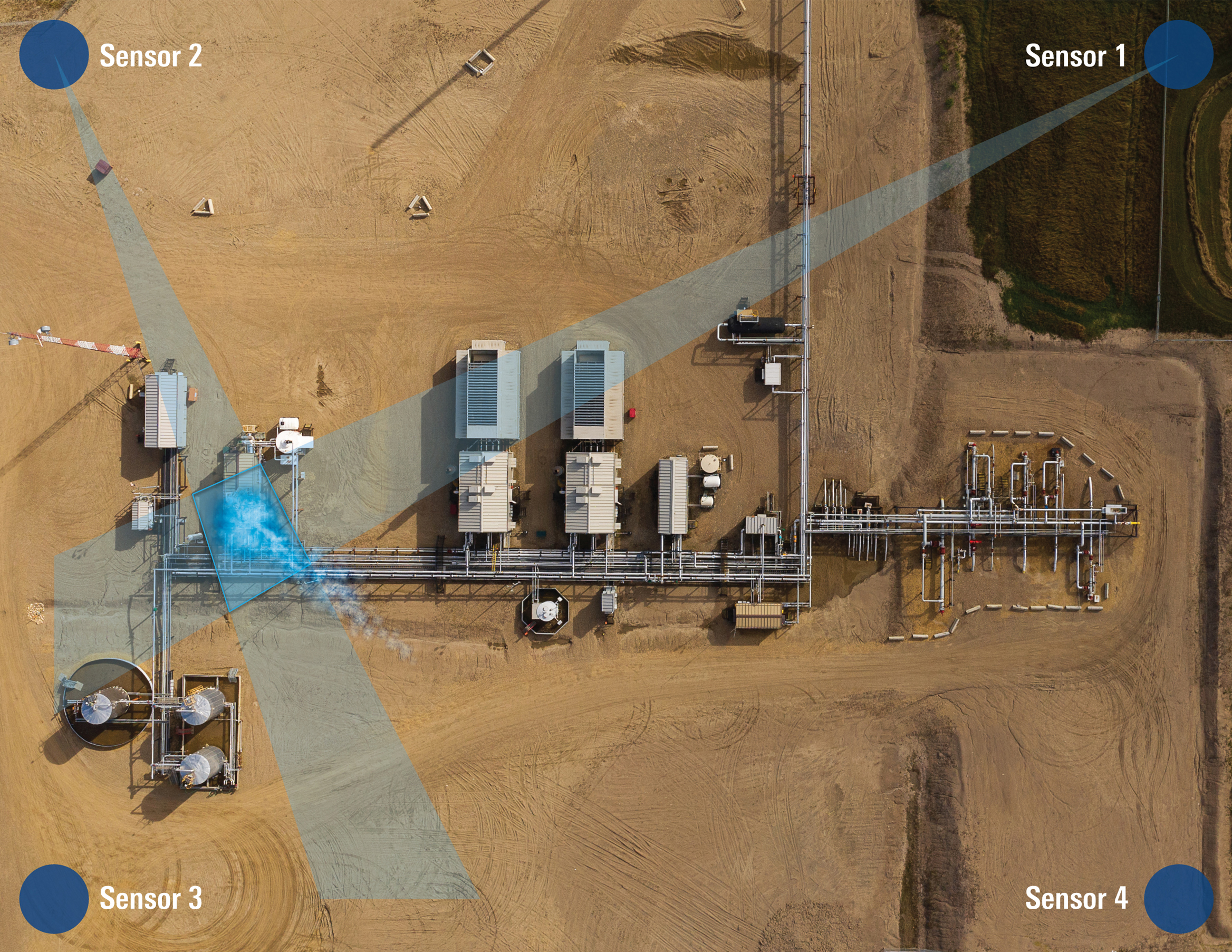

What technologies or strategies can be used to fix methane emissions?
As for measurement, there are several technology options to fix leaks and modify or replace equipment that deliberately vents gas to the atmosphere. Vapor recovery units (VRUs) capture vented gas for reinjection into the processing system. Instrument air systems substitute compressed air for pressurized natural gas, nearly eliminating emissions from pneumatic devices.
For pipelines and processing facilities, tried-and-tested low-emissions (Low-E) valves can reduce fugitive emissions by up to 96% when compared to non-Low-E valve products. Over the past several years, Schlumberger’s Cameron business has developed new sealing technologies to meet the most demanding applications and certified its existing valve designs to the API 624, API 641 and ISO 15848 standards, which are generally considered the gold standards for Low-E certification for valves. Today, more than 95% of the company’s valves are Low-E certified.
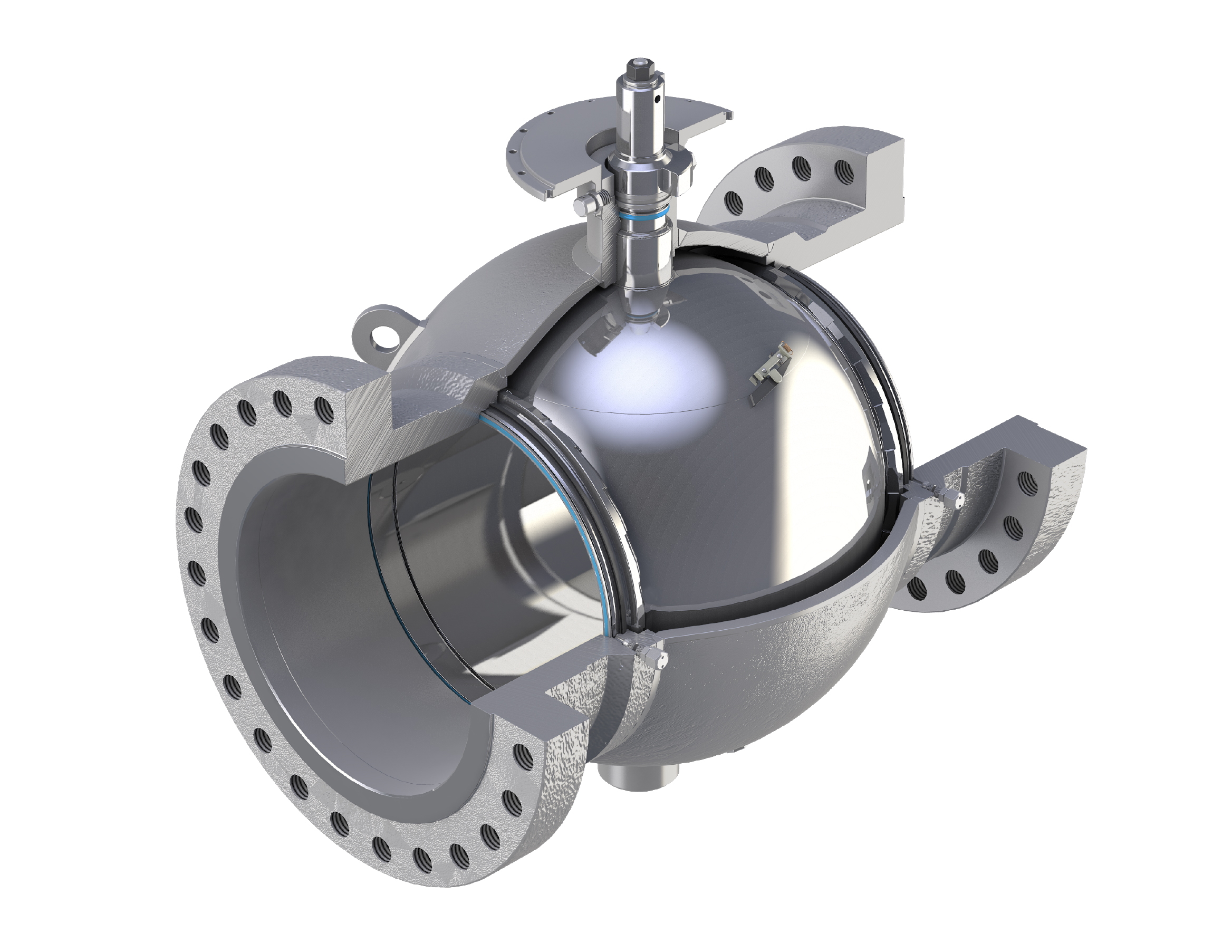
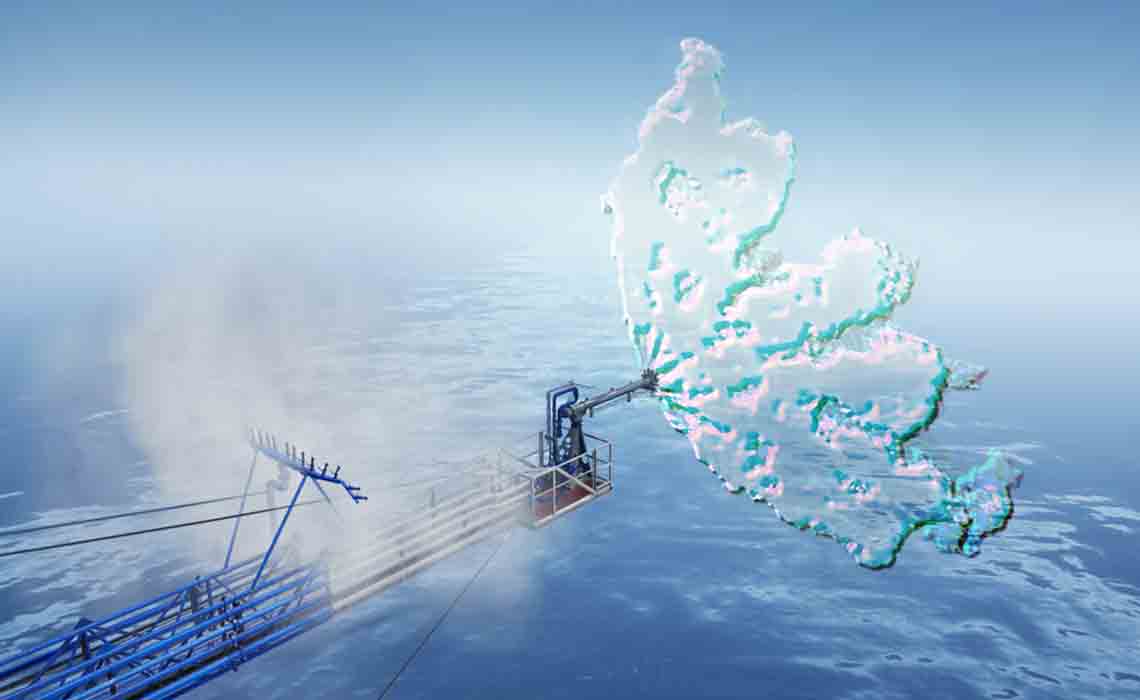
You've covered a lot of ground with methane, but what about flaring?
That’s a good point! While flaring has a lower GHG footprint than methane emissions, flares additionally are perceived as a waste of resources. Many operators have committed to zero flaring by 2030. Routine flaring occurs for economic reasons—because the cost to transport gas to market exceeds the value of the gas. Expanding pipeline capacity can help, but in many cases routine flaring occurs because pipeline construction is unfeasible. There, eliminating flare involves field technology that converts the gas into something less expensive to transport or more valuable to sell. Many technologies are available here as well, and selecting the optimal technology is both critical and challenging. Experts with technical, practical, and local understanding can guide the technology selection and installation.
What can the industry do before routine flaring is eliminated?
While zero routine flaring is a worthy goal, it will take time to achieve. When flares are operating, it’s important that they are efficient. Flares are supposed to combust methane into carbon dioxide, and any inefficiency in combustion results in methane emissions to the atmosphere, greatly increasing the GHG footprint due to methane’s potency. For example, a flare operating at 96.5% efficiency has double the carbon footprint of an ideal flare at 100% efficiency. Flare monitoring, including laser technologies that measure uncombusted methane and successfully combusted carbon dioxide, can ensure flares operate at peak efficiency.
